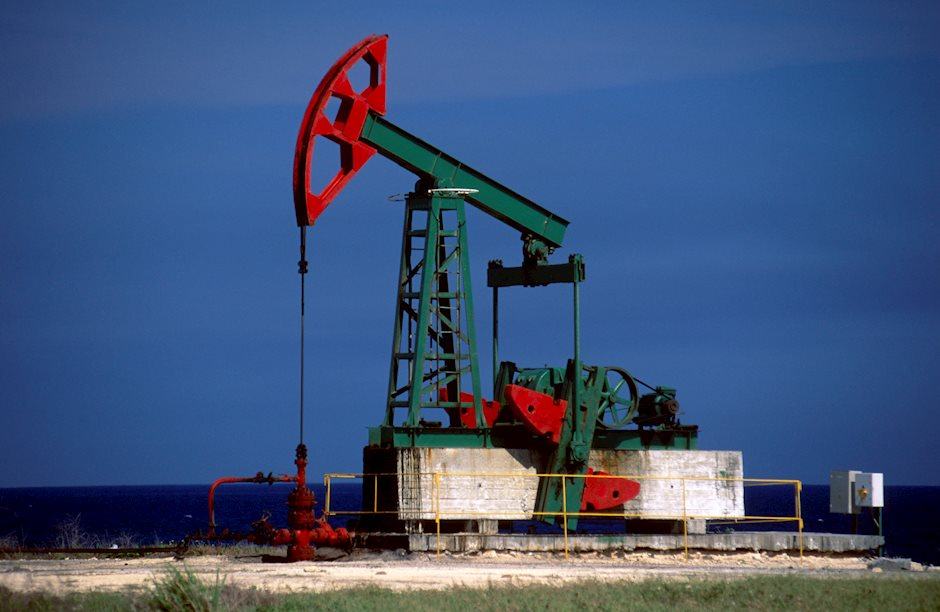WTI holds steady above $68.00, all eyes on OPEC+ meeting
- WTI price trades sideways around $68.85 in Friday’s early Asian session.
- The ongoing Russia/Ukraine conflict highlighted risks to Russian oil supplies, which might lift the WTI price.
- OPEC+ postpones its next meeting on output policy to December 5 from December 1.

West Texas Intermediate (WTI), the US crude oil benchmark, is trading around $68.85 on Friday. The WTI price steadies as the escalation in the Russia/Ukraine conflict offsets a less aggressive rate cut expectation from the Federal Reserve (Fed).
Oil traders will closely monitor the developments in the Russia/Ukraine conflict. Any signs of escalation could raise concerns about energy supplies, particularly winter gas flows to Central and Eastern Europe, boosting the WTI price. On Thursday, Russian President Vladimir Putin said that if Ukraine gets nuclear weapons, Russia will use all means of destruction.
Wednesday’s US economic data suggested that the progress on lowering inflation appears to have stalled in recent months, which could diminish the expectation for the Federal Reserve (Fed) to cut interest rates in 2025. However, they expect the Fed will leave rates unchanged at its meetings in January and March. It’s worth noting that slower-than-expected rate reductions would keep borrowing costs high, which could slow economic activity and lower oil demand.
The Organization of the Petroleum Exporting Countries and its allies (OPEC+) postponed its December meeting, fueling speculation about delayed production hikes and supply adjustments. OPEC+, which accounts for about half of world oil output, is scheduled to meet on December 5 after delaying its earlier meeting.
Key considerations include whether to prolong the voluntary production cuts of 2.2 million barrels per day slated to phase out in December. Reports suggest members are considering delaying planned output increases for January amid persistent demand uncertainties. A further delay has mostly been factored into oil prices already, said Suvro Sarkar at DBS Bank. "The only question is whether it's a one-month pushback, or three, or even longer.”
WTI Oil FAQs
WTI Oil is a type of Crude Oil sold on international markets. The WTI stands for West Texas Intermediate, one of three major types including Brent and Dubai Crude. WTI is also referred to as “light” and “sweet” because of its relatively low gravity and sulfur content respectively. It is considered a high quality Oil that is easily refined. It is sourced in the United States and distributed via the Cushing hub, which is considered “The Pipeline Crossroads of the World”. It is a benchmark for the Oil market and WTI price is frequently quoted in the media.
Like all assets, supply and demand are the key drivers of WTI Oil price. As such, global growth can be a driver of increased demand and vice versa for weak global growth. Political instability, wars, and sanctions can disrupt supply and impact prices. The decisions of OPEC, a group of major Oil-producing countries, is another key driver of price. The value of the US Dollar influences the price of WTI Crude Oil, since Oil is predominantly traded in US Dollars, thus a weaker US Dollar can make Oil more affordable and vice versa.
The weekly Oil inventory reports published by the American Petroleum Institute (API) and the Energy Information Agency (EIA) impact the price of WTI Oil. Changes in inventories reflect fluctuating supply and demand. If the data shows a drop in inventories it can indicate increased demand, pushing up Oil price. Higher inventories can reflect increased supply, pushing down prices. API’s report is published every Tuesday and EIA’s the day after. Their results are usually similar, falling within 1% of each other 75% of the time. The EIA data is considered more reliable, since it is a government agency.
OPEC (Organization of the Petroleum Exporting Countries) is a group of 12 Oil-producing nations who collectively decide production quotas for member countries at twice-yearly meetings. Their decisions often impact WTI Oil prices. When OPEC decides to lower quotas, it can tighten supply, pushing up Oil prices. When OPEC increases production, it has the opposite effect. OPEC+ refers to an expanded group that includes ten extra non-OPEC members, the most notable of which is Russia.
Author

Lallalit Srijandorn
FXStreet
Lallalit Srijandorn is a Parisian at heart. She has lived in France since 2019 and now becomes a digital entrepreneur based in Paris and Bangkok.

















